If you’re setting up your self-contained special education classroom here are the 10 major areas you need to include! I’ve been a special educator for 8 years now and these work areas are fool proof! Each location has it own need and I’ll explain why!
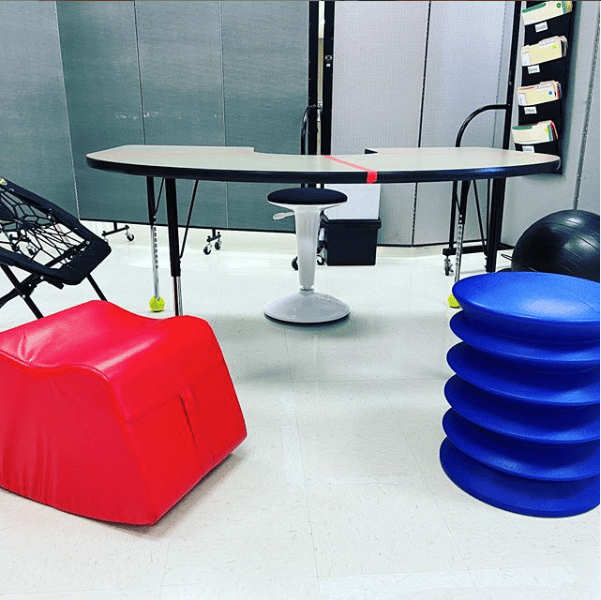
When thinking about your classroom set up, you need to consider a whole group area. This can be a set of desks or one big table. We want out students to work with others and learn to collaborate. A whole group area would be great for morning meeting, calendar or whole group reading lessons. This also serves well if a related service member comes in for group therapies!
You do not need to have a fancy set up to create a whole group area. A teacher can just space the desks out as you see fit for each unique student need. You may also consider spacing on a table with an assistant between students. This allows for them to be supported during a lesson.

Also, take a look at your space and see what areas you can create for independent work. It is important to support your students with independent work areas. This allows for the student to grow on their own and gain confidence in their own abilities. If you want to read more about independent work, read here.
Independent work is amazing for building skills and independence in your learners. I typically use independent work towards the end of the school day as the student is fatiguing and losing focus. They are given a simpler task to complete to feel confident in their abilities! Once they complete the task, they typically get a break or reward! Very motivating for my students!
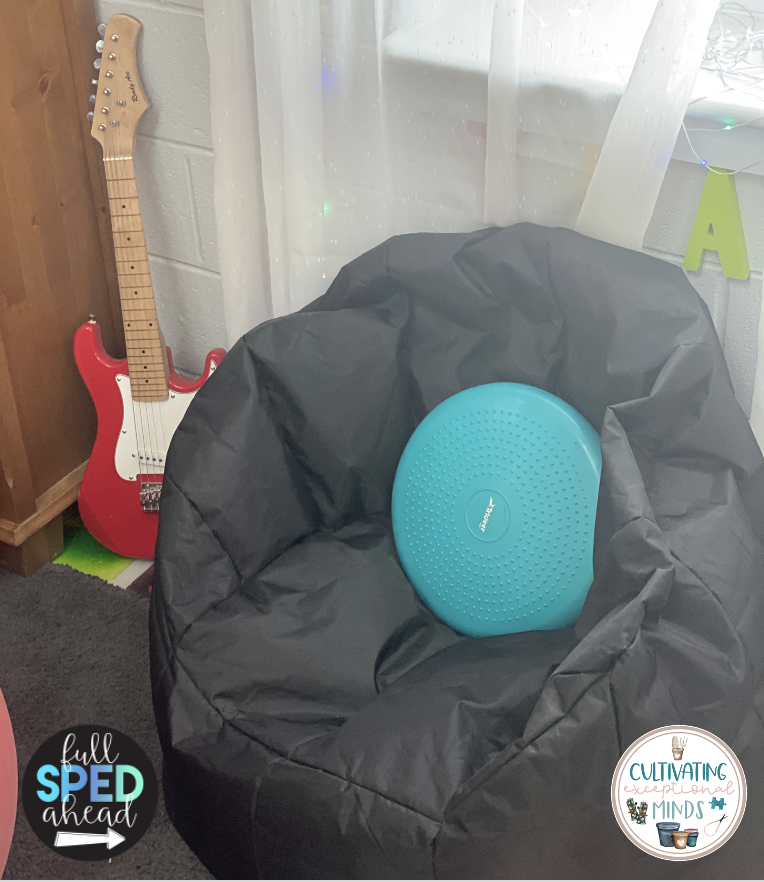
A sensory area is used to help students feel relaxed, calm and safe. Consider adding a sensory work area in your classroom for students to decompress and at ease. I truly believe that a calming space belongs in every classroom in every school.
Having a space for students to visit that provides some calm from the overwhelm that can occur across the school day. That’s really sensory friendly! Make sure to have some expectations when your students are in a sensory area.
Can they play? Do they have materials to look at or use?
Again, this space does not need to be fancy. A few comfy chairs and sensory tools can make for a great sensory area for your self-contained special education classroom!
Want some ideas for classroom furniture that you want to include, check out this list!
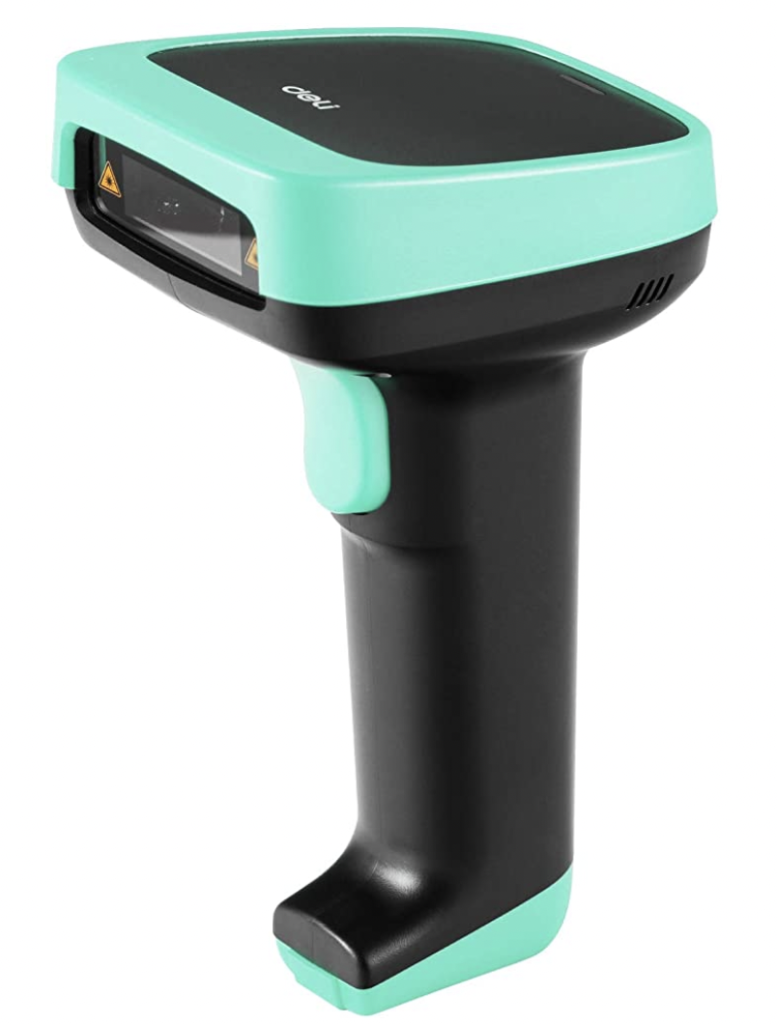
A classroom library allows for your students to explore, learn and grow. This is a great area to use for downtime, leisure and independent work. I always categorize my books by season or topic so that my students can find books quickly on their topic of interest! I recently found this cool classroom book scanner on Amazon if you need help keeping track of your books!
If you need some classroom books, I absolutely love getting mine from Scholastic when they have their buy 100 books for $50 during back to school time. This makes it easy to level your books and find a variety of your student interests.
Also, if you need some more ideas, I’ve made an Amazon list of my favorite student books to add to your classroom right now!
We want our assistants to feel comfortable and welcome in the classroom as well. Make sure you have a designated area for them to store their materials safely or take a seat when they get a break. This allows them to feel comfortable and a part of the classroom too!
Now, I have spent a few years with a teacher desk and some years without a teacher desk. I find there are benefits to both. If you decide to give yourself a desk, it is nice to have a central location for your personal items, student confidential files and lessons. Teacher desk not for you? Make sure you have some area where you can store materials for lessons, a file cabinet to lock confidential student information and a prep station for any miscellaneous lesson prepping that needs to be done.
If you need a paraprofessional binder, make sure to grab it here!
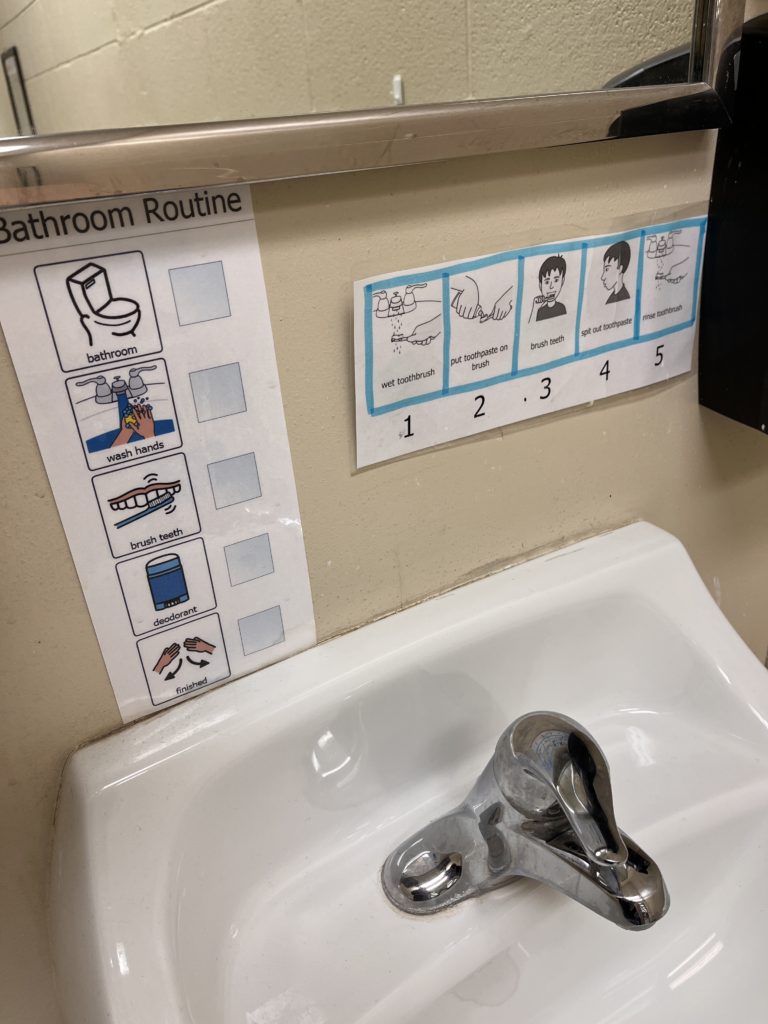
Take a look at your area! Do you have a bathroom in your classroom? If so, you may want to get some storage containers for each student’s toiletries and changes of clothes. You can easily label bins if the bathroom is in your classroom.
However, if you have the use the hallway bathrooms for your students, you may want to consider getting shower caddies for each of your students to take their materials out of the classroom like toothbrushes, deodorant, face wash, etc.
You also may want to use visual directions to help your students gain independence on their bathroom skills! Here are a few visuals that I have at my student’s sink. I found them on BoardMaker.
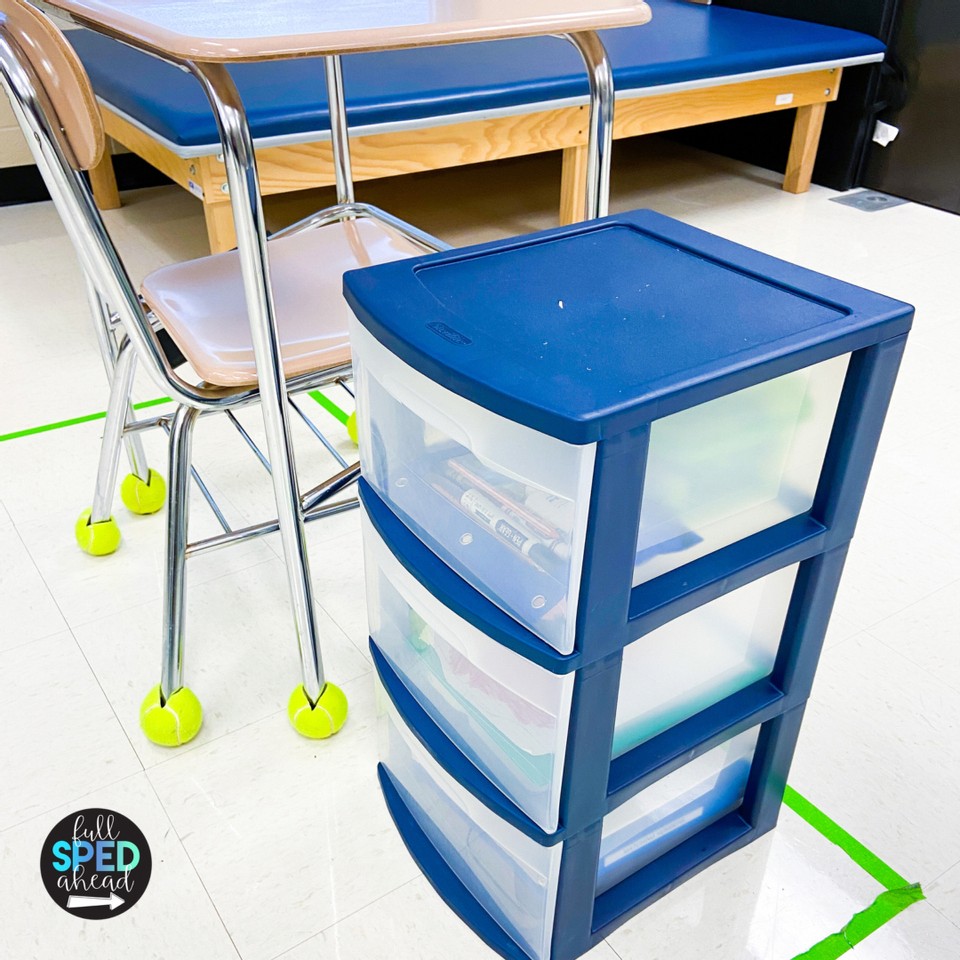
Where will students store their materials? Will students have desks? Did you want to set up tables for group work? Those shower caddies are perfect for student materials, but you can also find them at teacher stores or even the Dollar Store.
Some desks have student storage in them, others do not. This past school year, my students used 3 drawer storage bins to organize their materials. The top drawer was for their materials like glue, markers, and pencils. The middle drawer was for any activity we were working on for the current unit or subject. The bottom drawer was used for either sensory materials or IEP goal materials for quick and easy access!
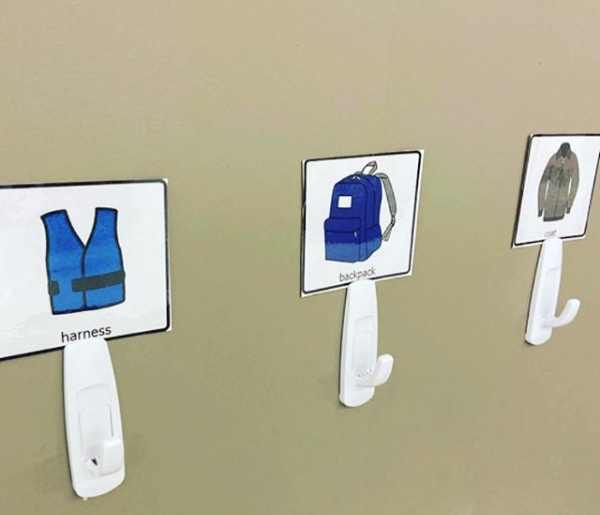
Each year, I evaluate if my students have the fine motor capabilities to manage a key lock or dial lock. I work with my OT to determine if these are skills we want to teach my students. If we see a child does not have the fine motor prerequisites to use a lock on a locker, the student will get hooks in the classroom.
We measure the student on the wall and determine how much they can reach up to hang their coat and backpack on the wall. Make sure that you are working towards independence for that student no matter what it looks like. These hooks are from Command and are super durable and great on the painted classroom walls!
Adding functional life skills in your classroom is so fun with cooking! If you have a kitchen in your school, make sure to find the protocols to check it out for your class weekly! Some of us are fortunate enough to have a kitchen in their classroom. Make sure to schedule weekly cooking lessons for your students to gain independence in the kitchen.
Don’t have the materials you need yet? You can find many cheap materials at the Dollar Tree for your cooking area. From plates, cups and napkins to knives, choppers and blenders. Your kitchen area does not need to be fancy, it needs to be functional!
Finally, make sure to give your students a space where they can just hang out, play games and relax! This can be close to your library area or similar to your sensory area. I recommend keeping the sensory and leisure work area separate. Sensory areas are used for regulation and leisure areas are used for enjoyment when students are already regulated. You may even want to try an outdoor work area.
In my classroom, we have a table in the back of the room near a cabinet and shelf with board games, card games, puzzles, books, and kinetic sand. We also have a marble track and hot wheels track with cars to race! Can you tell I had a lot of boys last year?
If you need some more leisure or sensory tools, make sure to check out my Amazon lists for classroom games and sensory tools!
What are you looking for?
COPYRIGHT © 2025 Full SPED Ahead